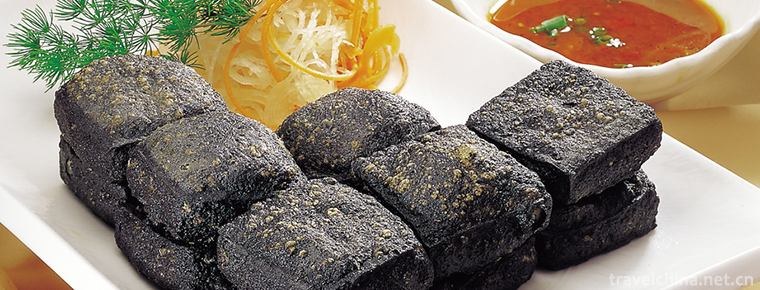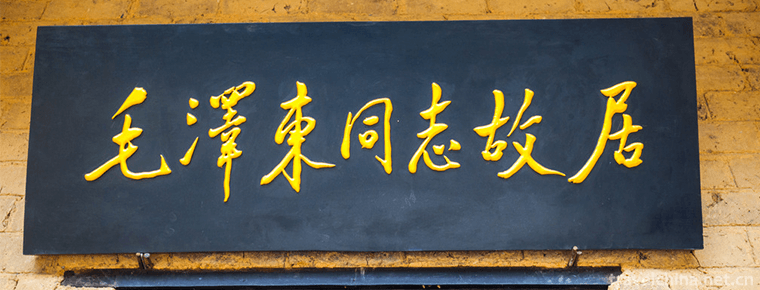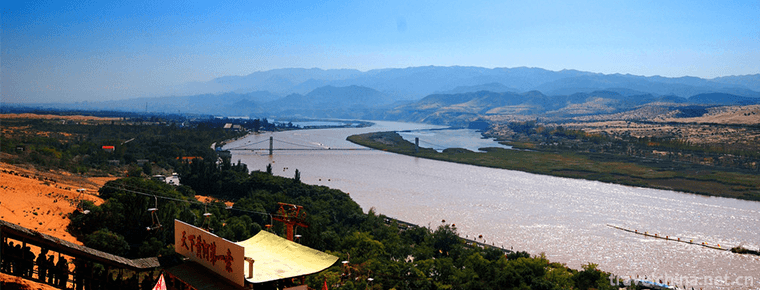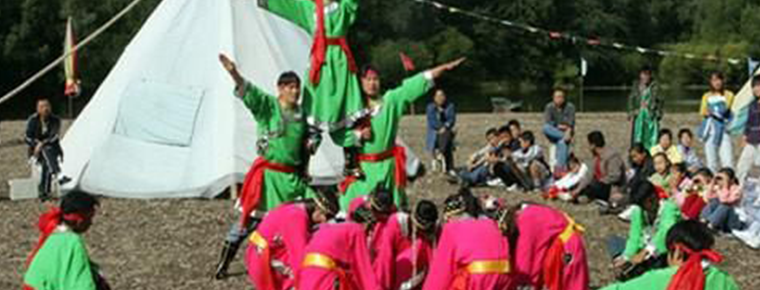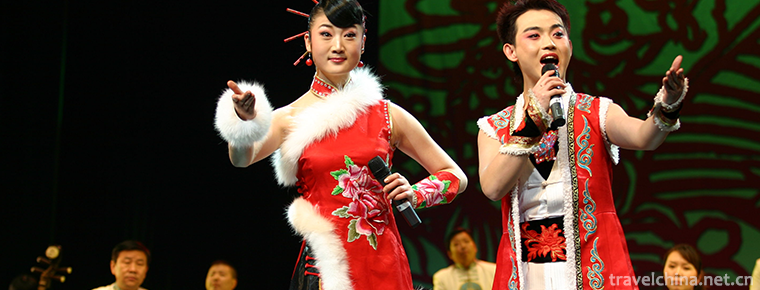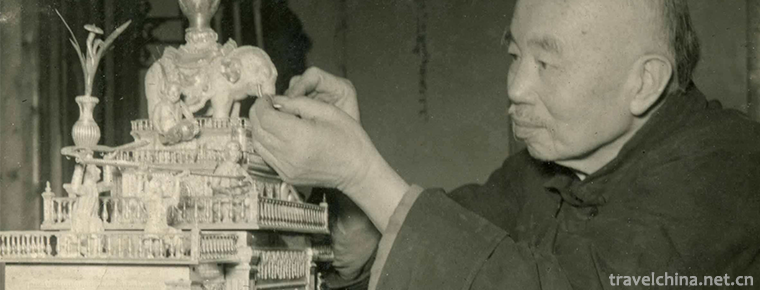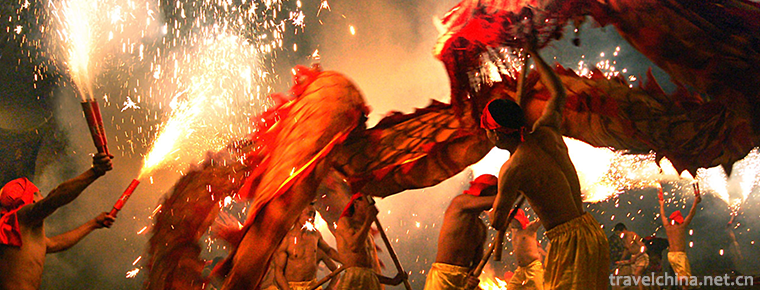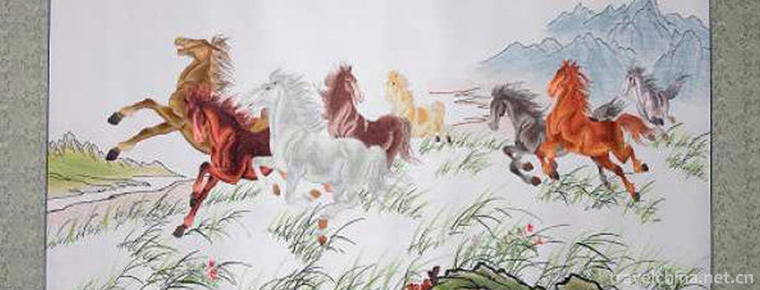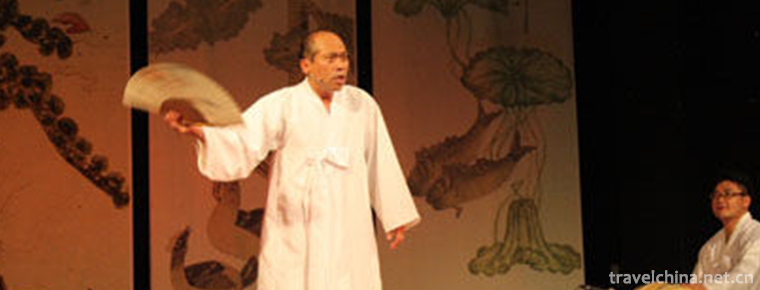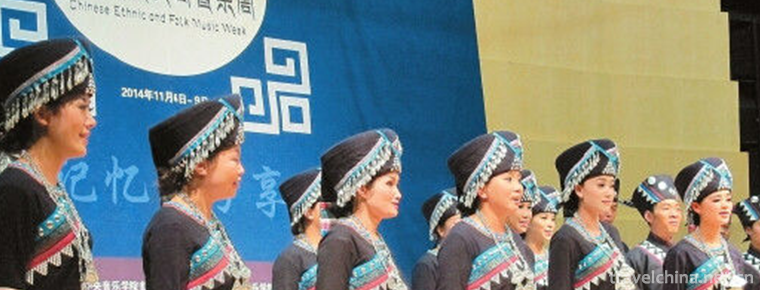Dabie Mountain Folk Songs
Dabie Mountain Folk Songs
Dabie Mountain folk song is a traditional folk song widely circulated in the west of Anhui Province. With the unique regionality of the interdependence of mountains and rivers, it also incorporates the artistic characteristics of other different forms of folk songs transmitted through waterways, without losing its own local characteristics of mountain songs. It has the characteristics of calm, heroic and solid mountains, as well as the smooth, melodious and flexible style of water. It is an extremely important intangible cultural heritage.
On June 7, 2008, the Dabie Mountain Folk Songs declared by Lu'an City, Anhui Province, were listed in the second batch of national intangible cultural heritage lists with the approval of the State Council. Heritage serial number: 576 II-77.
historical origin
In western Anhui Province, in Luan, the Dabie Mountains run thousands of miles across the Huaihe River. The folk songs of Dabie Mountain in West Anhui are created by mountains and spread by water. Mountains and rivers are connected, endless. Folk songs are mostly folk songs, tea songs, Yangko, Paige songs, minor tunes, labor chants. Dabie Mountain folk songs in Western Anhui inherit tribal ballads in ancient times, reflect the social evolution process in ancient times, and reflect the development of revolution, labor and life in modern times. For example, there are ballads and folk songs reflecting the rule of Gao Tao, the control of Dayu, the controversy between Chu and Han Dynasties, the 1911 Revolution and the Red Army Uprising, as well as those reflecting the life and production during the period of social construction, as well as those reflecting the social customs, human feelings and folk customs of Lu'an in various historical periods. The most influential are the revolutionary folk songs such as "Osmanthus Blossom in August" and "Sending Lang to the Red Army" which have been sung all over the country. Among the original native Dabie Mountain folk songs in West Anhui, the most influential ones are the tunes of "Earning Neck Red" and "Slow Cattle Driving", which have had great repercussions in Anhui and even in the whole country.
artistic characteristics
Main characteristics
The main features are as follows: 1. original ecological characteristics; 2. obvious regional characteristics; 3. comprehensive art is special. The main values are: 1. historical value; 2. aesthetic value; 3. sociological value and artistic value.
Dabie Mountain folk songs in Western Anhui have unique regional characteristics of interdependence between mountains and rivers. They incorporate the artistic characteristics of other different forms of folk songs transmitted through waterways, but also have their own characteristics of local mountain songs. They not only have the characteristics of calm, heroic and solid mountains, but also have the smooth, melodious and flexible style of water. They are extremely important intangible cultural heritage.
Style and characteristics
Dabie Mountain Folk Song has obvious characteristics of Wu-Chu style and compatibility of North and south. This complexity makes it more mysterious and colorful. The most prominent artistic features are its singing style, rhetoric and singing form.
Dabie Mountain folk songs mostly retain the original tone. There are two kinds of melodies: "making neck red" and "driving cattle slowly", among which the former melody is more high, while the latter melody is more tactful. Through talented mountain singers, using a basic tone, they sing different feelings with the change of content, and the tune also changes, that is, the situation is the scene, the song is exported, the choreographer sings along with the choreographer, and the answer is fluent.
Dabie Mountain is located at the junction of the Yangtze River and Huaihe River. Its culture and music are neither South nor north, nor South nor north, with neutral tones. Its music style is bright and lively, rigid and flexible. Folk songs also have a mid-tone color, melody tone added a fresh mountain charm. Dabie Mountain folk songs have the characteristics of oral rap art. Many folk songs have the tendency of colloquialism. They are simple, concise, lively and vivid. Because of the local characteristics of the singer's dialect, pronunciation and intonation, the voice changes and emotional expression of Dabie Mountain love songs are different. These songs are often "open the river with words", "touch the scenery to create feelings" and "bring the voice with feelings". Therefore, they have not only the masculinity of mountains, but also the euphemism and melodiousness of water. Its vocal rhyme and melody are influenced by the culture of the south of the Yangtze River, and its music style tends to be euphemistic and graceful.
In terms of rhetoric, "Fu Bixing" is commonly used in Dabie Mountain folk songs, and "Xing" is the most common one. Lyricism as: "My brother and I are separated by a wall, a meal he came to see. Eat a hemp shrimp with a leg and an egg with a yolk. Others love their wives and I love my husband." The content is natural and plain, with inner feelings as the base, with direct presentation of its affairs, without any pretension, with strong charm. The analogy of Dabie Mountain folk songs is "complicated" and "cut to the point". There are clear comparison, dark comparison, parallelism, contrast, inverse comparison and so on. For example, "My little sister was born well and obediently, and she floated over from afar. Walking is like butterfly dancing, umbrella playing is like peony opening. How many good people do you like?"Walking is compared to butterfly dance, umbrella playing is compared to peony opening, which highlights the beauty of the girl. It is also like the dark ratio: "The new pond ridge slips away, planting willow inside and mulberry outside. The east wind blows the mulberry to tangle the willow, the west wind blows the willow to tangle the mulberry. The leaves fell on the roots. There are no love words in the song, but with the image of mulberry and willow intertwined, the passion of lover's love is expressed vividly and vividly. The rhetoric of "Xing" is most frequently used in Dabie Mountain folk songs, such as the folk song "Five Piles of Straw Shoe Picks", which rises in kind, singing: "Play a pair of straw shoes to give a lover/gift, though it's mean/wish him to remember his sister/never wear a pair of straw shoes to lose one pair."
"Overlapping" technique is another common rhetoric of Dabie Mountain folk songs. It mainly emphasizes the intention and feelings by means of "overlapping" sentences. Monthly songs in Dabie Mountain folk songs, such as "Pancha Song", "December Flower", "Meng Jiangnu Sending Cold Clothes", "December Looking at Families", "December Think of Lang", have the same structure and layout. There are many interlining words in Dabie Mountain folk songs. Although interlining words have no definite meaning in folk songs, they are only used to supplement the tone of songs or to render the atmosphere of songs, which seems to be the foil position in songs. However, because they are not bound by the relationship between lyrics (songs) and statements, and can freely and heartily express music, they play an important role in enriching the connotation of songs and enriching the musical image. Dabie Mountain folk songs often use some linings at the middle or end of sentences to enhance the expressiveness and appeal of singing. Such as "ah, ah, ah, ah, ah, ah, ah, ah, ah, ah, ah, ah, ah, ah, ah, ah, ah, ah, ah, ah, ah, ah, ah, ah, ah, ah, ah, ah, ah, ah, ah, ah" and so on. All the local idioms have appeared in folk songs. Such as the famous "Tea Picking Song": "Tea picking busy in spring (ah), brother and sister go up the hill (yo), brother sings in front (ah), sister in the back lover (ah according to son yo)", showing the enthusiasm and joy of young men and women.
Representative works
The artistic content of Dabie Mountain folk songs comes from the social life and family life of Dabie Mountain people. Therefore, it is closely linked with the production and life content of Dabie Mountain area. It is the creation of their labor, the crystallization of their life and the release of their feelings. The Dabie Mountains are situated at the border of Hubei, Henan and Anhui. Due to the limitation of geographical conditions, agricultural production in Dabie Mountains is mainly farmed on the basis of mountains. Most of the people in Dabie Mountains are engaged in forest cutting, tea planting and animal husbandry. Most of the mountain people's production activities are in the mountains and forests, resulting in a large number of folk songs, such as tea songs, cattle songs, long work songs, chants and so on, which are relatively simple and direct.
For example, local marriages, bridal houses and building bridges are often sung in chorus, which is both lively, festive and funny. For example, "Make New Houses" [Lead: Once in the new room. Congratulations! Collector: The new room is bright. People: Joy! Leader: The box and cabinet on the left, Joy! Leader: The cabinet and cabinet on the right, Joy! Leader: A brocade bed covered with ducks, Joy! Leader: Joy! Dual ducks, Phoenix, couples and love, everlasting, centuries of love, five generations of prosperity. ] Lead the crowd in harmony. This form of "live singing" is the most flexible and attractive to the audience.
Love songs are always the indiscriminate martyrs of folk songs, Dabie Mountain folk songs are no exception, their content is rich and colorful, involving all aspects of love, including admiration, first acquaintance, temptation, interrogation, first love, love, swearing, farewell, farewell, missing, bitterness, struggle, lovelorn, escaping marriage and so on, such as the performance of admiration: the sun to see the West drifting/on the road to a petite flowers/ten fingertips. Paint your hands/fans across your face so that you don't look at them/bamboo picks fish and spoils cats. Acacia is manifested by: a good moon hanging in the heart of Heaven / a good sister in the neighboring village / looking at the moon difficult to make cakes / see the good sister difficult to marry / brother suffered from Acacia.
From the point of view of art appreciation and aesthetics, these folk songs are straightforward and plain. In fact, they embody the beauty of human nature and human feelings of the people of Dabie Mountains.
Inheritance status
Dabie Mountain folk songs used to be brilliant for a time. During the Red Army period, a song "Osmanthus Blossom in August" was very popular in Hubei, Henan, Anhui and Soviet areas, and it is still widely sung today. A Dabieshan netizen wrote in the forum to recall the atmosphere of lanterns and folk songs during the Spring Festival when he was a child. "Before dusk, he began to eat, dress and change clothes. At the beginning of dusk, gongs and drums are beating, red lights are beating, dry boats are propped up, flowers are twisted and people are gathered. This is the ritual before departure. Doodle, Doodle, Doodle, Doodle, Doodle... Suddenly, the rhythm of gongs and drums stopped immediately, and the boat-propping man sang the tune of "doors": gongs and drums were full of joy / everyone was a playful person / last year, the lamp-playing man lost it / this year, the lamp-playing was shameful again / since the red light went off / men, women and children enjoyed peace.
Flower lights go on from village to village. A door should sing two or three tunes, three or five minors. It has something to do with whether the door is interesting or not. Intelligent villagers are naturally born, easy to handle, without any sense of affectation; they are not only easy to understand, but also have a local flavor, and there is no lack of literary grace, which can be said to be appreciated by both refined and popular people."
In the 1950s and 1960s, Dabie Mountain folk songs were the most popular. In 1960, an umbrella dance resulted in a shortage of umbrellas in major shopping malls in the Dabie Mountains. The program was processed and arranged by the Central Song and Dance Troupe. In the same year, it participated in the performance of the 7th World Youth Festival in Vienna and won a silver medal.
Similarly, like most folk songs, Dabie Mountain folk songs also experienced a process from popularity to decline. In the Dabie Mountains, people who can sing authentic Dabie Mountains folk songs are mostly over 50 years old, so it is very urgent to inherit them. Guan Yawei, who studies Dabie Mountain folk songs in Lu'an, told reporters that he had gone deep into the mountains many times to collect folk songs and visited the artists of that year. He felt the urgency of time. One of the main inheritance characteristics of folk songs is that they are popular with people. Only when new forces continue to sing folk songs, can they continue to spread.
Some experts pointed out that Dabie Mountain folk songs have a long history, Lyric melody, exquisite lingering, unique style, is a wonderful flower in Chinese national music, among which Huangmei Opera developed with tea-picking tune has become a household name. How to develop Dabie Mountain folk songs today so that she can match the aesthetic taste and needs of the masses? It is necessary to innovate on the basis of inheriting the tradition in order to create the new music of Dabie Mountain with the flavor of the times. There are many artistic essences in the traditional original folk songs. We should use the techniques of composing to develop Dabieshan folk songs on the basis of paying attention to the original chamber songs. At the same time, the lyric content must be close to the new life, and should maintain its "mountain" and "emotion" characteristics. Only in this way can we create music with the flavor of the times and easy to be accepted and appreciated by the masses. In this regard, the most successful example is Osmanthus fragrans blooming in August.
Inheritance and protection
Since 2009, Luan City has held three Dabie Folk Song Festivals, which have played a positive role in promoting the prosperity of folk song creation. Experts believe that to develop Dabieshan folk music, we must maintain tradition and develop the essence, and boldly break the framework, absorb the essence of other arts and apply the technological achievements of the new era, so as to push the Dabieshan folk songs to a new height. Only by creating works suitable for the times can the folk songs of Dabie Mountain be popularized and flourished, which makes the folk songs of Dabie Mountain more splendid and dazzling.

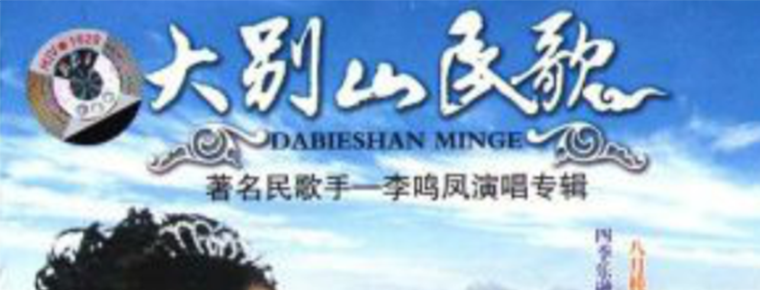
-
Huizhou stinky tofu
The common name of stinky tofu in Huizhou is "Big Dumb and stinky", which is a characteristic traditional snack in Huizhou, Anhui Province..
Views: 188 Time 2018-11-27 -
Shaoshan
Shaoshan City, which belongs to Hunan Province, is located in the hilly area of central Hunan Province east of central Hunan Province. Shaoshan is situated in the west of Xiangtan City.
Views: 197 Time 2018-12-12 -
Scenic Spot of the Source of the Yellow River
Kariqu, one of the sources of the Yellow River, started with five springs, and Maqu, the other with only one springs. This is the source area of the Yellow River. Tourists here can't imagine that the .
Views: 175 Time 2019-01-18 -
Gulunmu Festival of Oroqen Nationality
The Oroqen ethnic group is one of the minorities with a small population in China. Since ancient times, it has multiplied and lived in the deep forest of Heilongjiang Valley and Xing'an Mountains.
Views: 147 Time 2019-04-28 -
Song and dance duet
Errentai is commonly known as Dual Items, two classes. Originated in Shanxi and growing up in Inner Mongolia, it is a traditional opera popular in the central and Western Inner Mongolia Autonomous Reg.
Views: 129 Time 2019-04-29 -
Ancient Clock Repair Skills
Behind the Cining Palace in the Palace Museum of Beijing, there is a row of red pillars and grey tiles. A group of "craftsmen" have been dealing with the treasures of the deep palace.
Views: 128 Time 2019-05-01 -
Dragon Dance
Dragon dance, also known as "Dragon Dance", is also called "Dragon Dance", "Dragon Lantern Dance" or "Dragon Dance Lantern Dance", one of the traditional Chines.
Views: 122 Time 2019-05-14 -
Wenzhou embroidery
Ou embroidery, also known as painting curtain, is a local traditional art in Wenzhou, Zhejiang Province. It is produced in Oujiang area. It is also one of the special handicraft products of "thre.
Views: 154 Time 2019-06-08 -
Pansori
The main art of Korean folk art is Pan Suo Li, which appeared in the 18th century. At the beginning of the 20th century, it was introduced into China with the immigration of Korean nationality. The wo.
Views: 178 Time 2019-06-08 -
Poop love song
In February 2006, a cultural census unexpectedly found "Poya Ge Shu" in Poya Village. Through expert research, 81 patterns in "Poya Ge Shu" have the character of words, and are one.
Views: 212 Time 2019-06-09 -
Calculation with an abacus
Liu Hong (129-210 A.D.), a character Zhuo, a descendant of Liu Xing, the king of Lu in the Eastern Han Dynasty, is an outstanding astronomer and mathematician in ancient China. He is the inventor of a.
Views: 160 Time 2019-08-10 -
Cheongsam Qipao anecdotes
Helen foster snow is the widow of snow, the author of a journey to the West. This book records his meeting with Mao Zedong in Yan'an cave dwelling period. Helen was only 23 when she first went to Shanghai in 1931. Helen's good friend Polly went all over the United States to.
Views: 158 Time 2020-12-11
